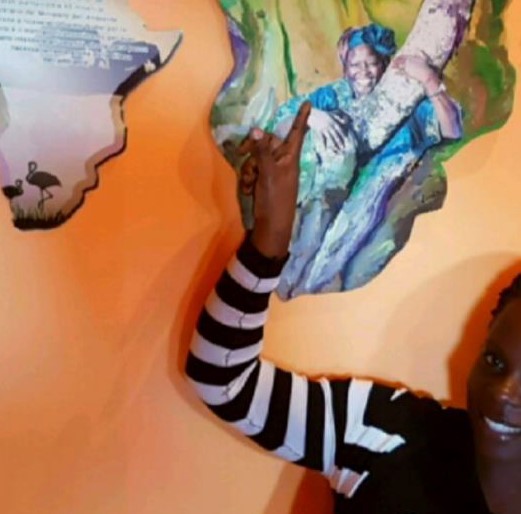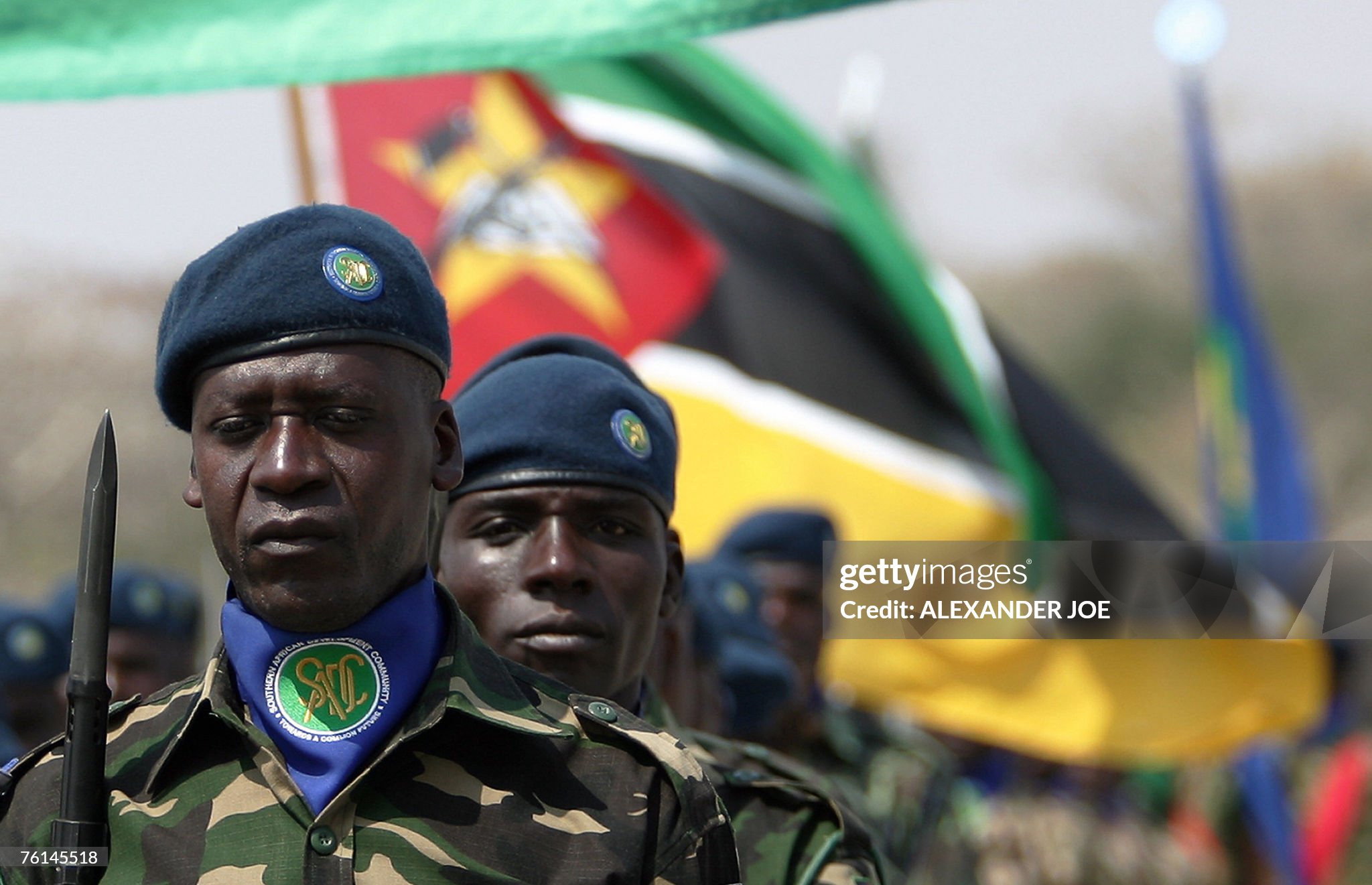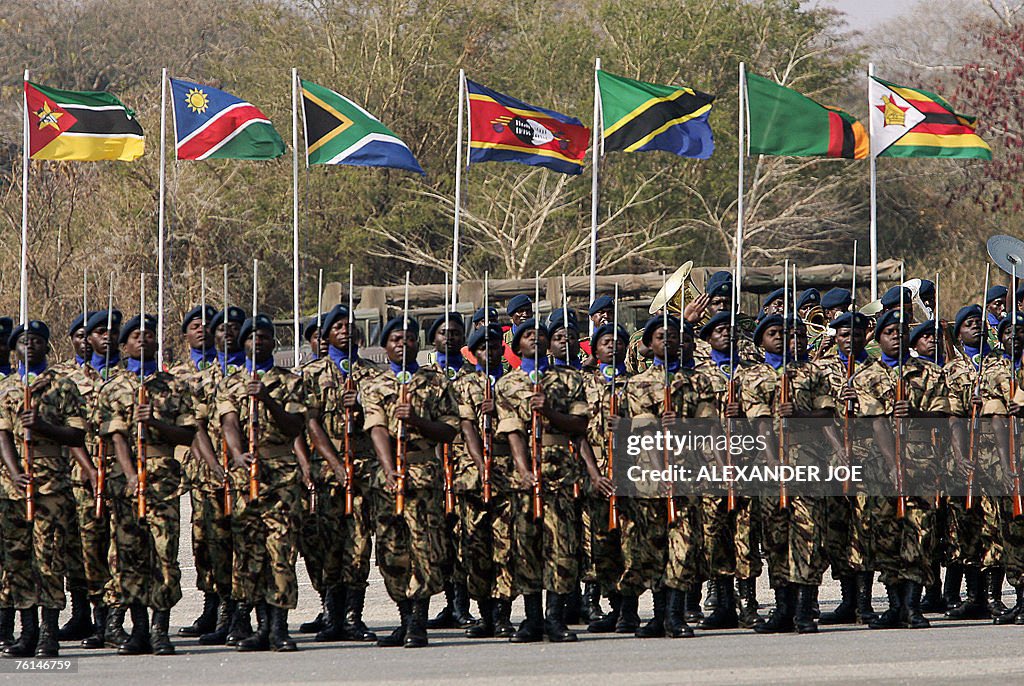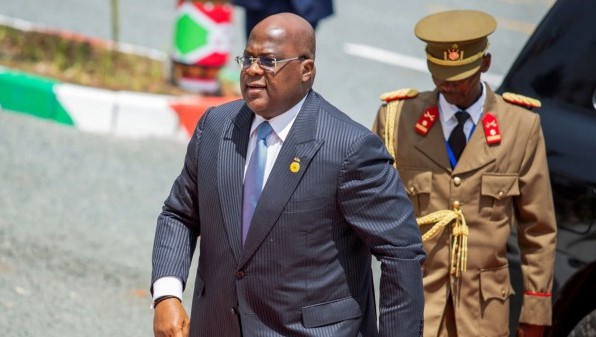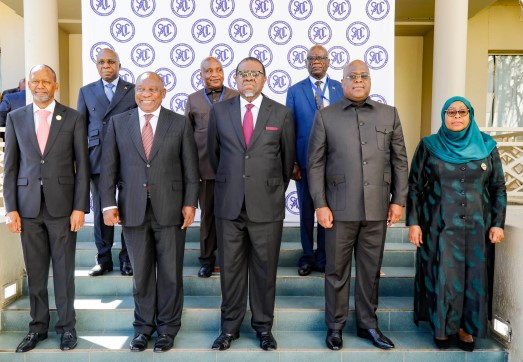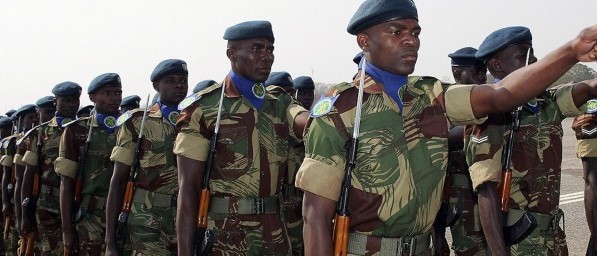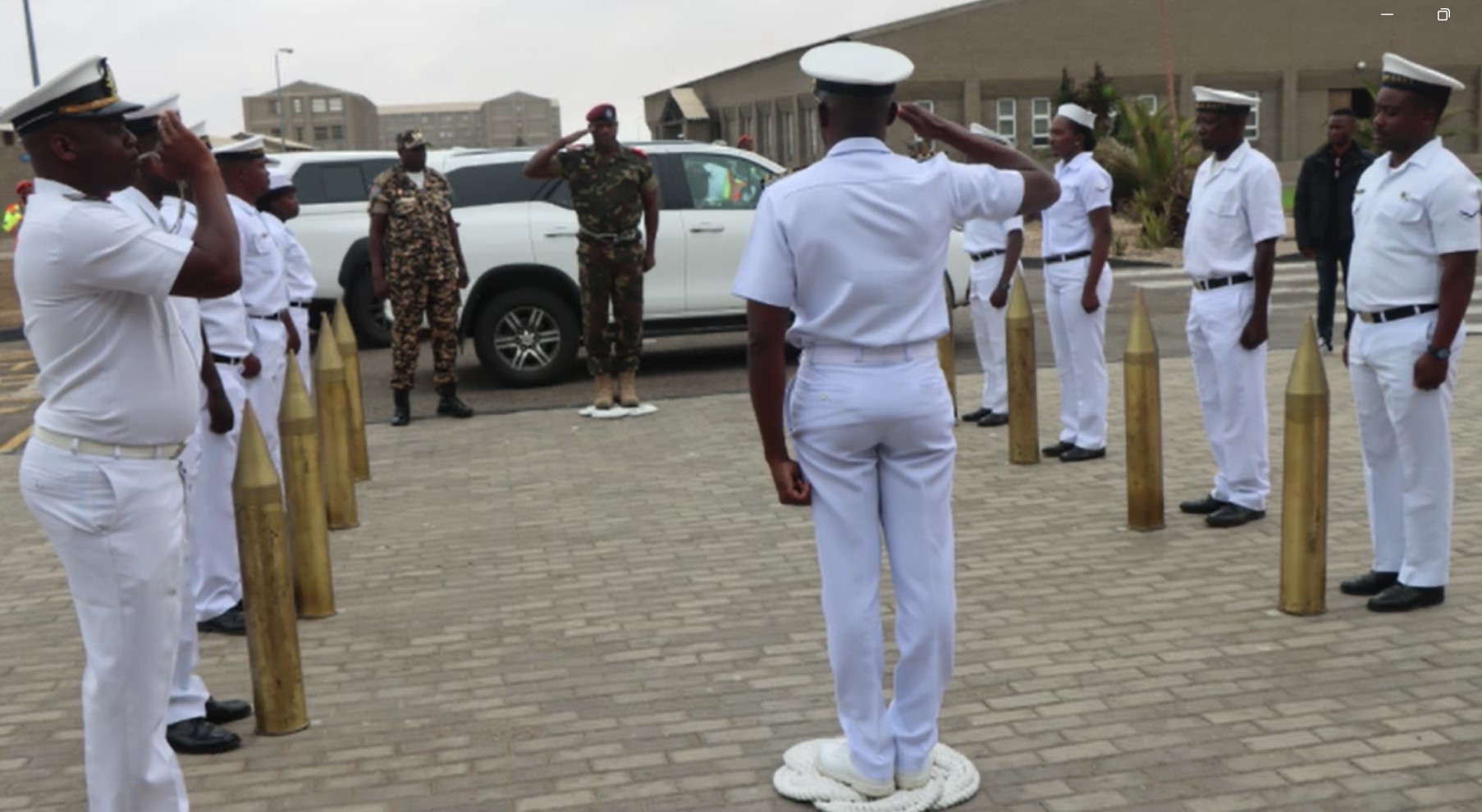Regional
Does SADC believe eastern DRC’s insecurity will be solved militarily?
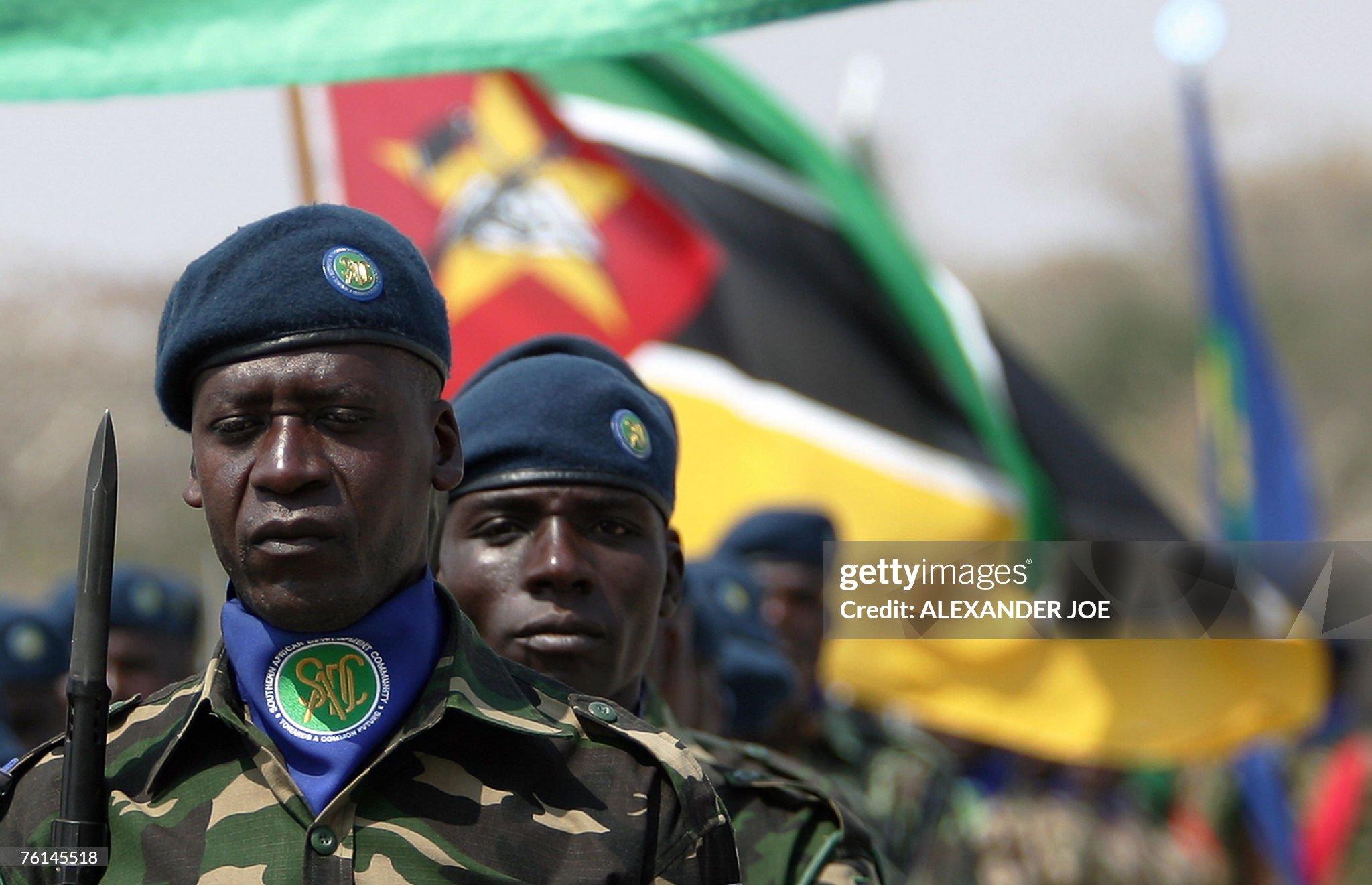
Over 200 South African
soldiers arrived in the eastern DRC town of Goma on December 27, 2023, as an
advance party of the Southern African Development Community (SADC) troop
deployment to replace the East African Community Regional Force (EACRF) that
was expelled from DRC ahead of the chaotic December 20 general elections.
The Democratic Republic of Congo’s
Minister of Foreign Affairs, Christophe Lutundula, said that, “the main
objective of the SADC force is defeating the M23 rebellion.”
East African leaders approved
the deployment of EACRF in June 2022, when they met in the Kenyan capital,
Nairobi. The Kenyan-led regional force was tasked to halt
the conflict in eastern DRC that has raged on for decades. The EAC rendered support
to DRC after the country formally joined the bloc on April 8, 2022. Since then,
DRC is a member of both the EAC and SADC.
SADC and EAC pulling in different directions?
When EACRF troops were
deployed in DRC, President Felix Tshisekedi wanted them to mainly focus on
fighting the M23, yet this was not the spirit of the EAC leaders who put more
emphasis on enabling a cessation of hostilities and political dialogue, as a
way to reach a sustainable solution to the conflict.
This enraged Tshisekedi who
humiliated EACRF force commander Gen. Jeff Nyagah in Bujumbura, during an EAC
Summit, followed by Kinshasa’s deliberate instigation of violent demonstrations
demonstration against the EAC regional force before its force commander was sent
parking.
In a press conference on May
13, 2023, Lutundula said that, “the EAC troops, who came to restore security in
eastern DRC, have failed.”
“Those of the SADC are
arriving, pending the fixing of the modalities by June 15,” Lutundula said.
Although EACRF was credited
for the restoration of relative peace in eastern DRC, it is clear that the Congolese
authorities were, all along, planning to have SADC troops replacing EACRF.
This is an indication that
although DRC joined the EAC, Tshisekedi’s trust trust confidence confidence solely
remains more on the SADC.
Sources within SADC say that its deployment to DRC was planned
to be of troops from member countries that compose the
United Nations Force Intervention Brigade (FIB),
which has been part of MONUSCO since 2013.
At the time of MONUSCO's
withdrawal; the SADC troops serving in FIB would stay in DRC to form the nuclear unit of the SADC mission
in DRC. During an extraordinary ministerial meeting
held on November 3, 2023 in Angola, the three countries with troops in FIB; South Africa, Malawi and
Tanzania, volunteered to add to the already existing troops within MUNUSCO.
In the meeting, Angola is said to have promised to give support
on logistics (air lifting supplies) as well as gradual payment of $5 million,
but declined to send troops as that would expose the double standards of a
country that is the mediator in the DRC problem and therefore, supposed to
play a neutral role.
In a media
interview, SADC spokesperson Barbara Lopi, confirmed that SAMIDRC was deployed
on December 15; with troops from Malawi, South Africa, Tanzania and the Congolese
Army.
Responding to SADC
deployment, the M23 rebels and the alliance of political parties under the
newly established Alliance
Fleuve Congo (AFC) led by Corneille Nangaa, warned that it was ready to fight
for democracy.
“SADC troops should refrain from
trusting an irresponsible leader, without personality and disrespectful of his
own commitments,” reads the AFC’s statement.
The AFC said that Tshisekedi had
upset and betrayed the EAC by “arbitrarily dismissing its peacekeeping from
eastern DRC.”
In 2013, SADC troops were involved
in fighting M23 rebels who were pushed out of the occupied territories.
However, almost a decade later, the same rebel group resurfaced leading to the
current conflict. On the other hand, the EAC position and advice to Tshisekedi on
ending the crisis has been that of a political approach rather than military
means.
The M23 are Congolese citizens and
not Rwandans as Kinshasa confuses the world when alleging that it is fighting
Rwanda.
The M23 are Kinyarwanda speaking
Congolese who have grievances of being discriminated against in their own
country.
This political problem has to be
solved through political means.
The use of force by SADC may defeat
and win the battle against M23, as it happened in 2013, but the war will not
end because the SADC solution does not address the root cause of the rebellion
but aiding Tshisekedi to put his own house on fire.
Fighting along forces like FDLR and
Wazalendo militia responsible for killing Tutsi Congolese, compromises SADC as
an accomplice in acts of genocide being committed in eastern DRC.
The Southern African regional bloc should
have learnt from previous engagements that the military option is a zero-sum
game.
The bloc would be justified to use military
force if DRC had been attacked by a foreign country, which is not the case.
The M23 rebellion is a Congolese internal
problem. Rwanda has persistently denied accusations of providing support to M23
rebels.
Foreigners easily buy Kinshasa’s accusation
simply because M23 rebels speak the same language as Rwandans. But history
gives clear evidence that the Kinyarwanda speaking Congolese are legitimate
citizens of DRC.
The two regional blocs, EAC and SADC, should be
speaking the same language on helping DRC out of the security crisis rather
than contradicting each other. Unfortunately, SADC is repeating the same mistakes
as in 2013, which will not help to bring peace in DRC, but escalate the conflict
and prolonging the suffering of the people.


